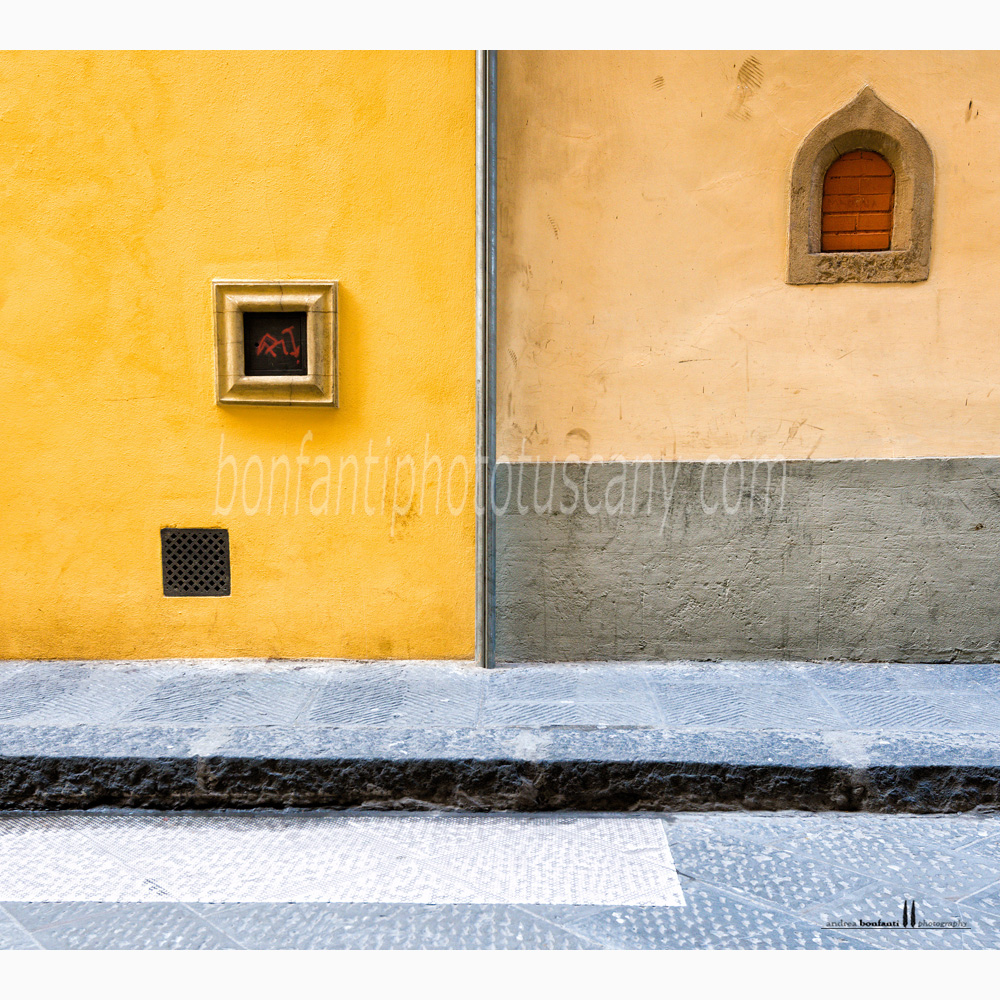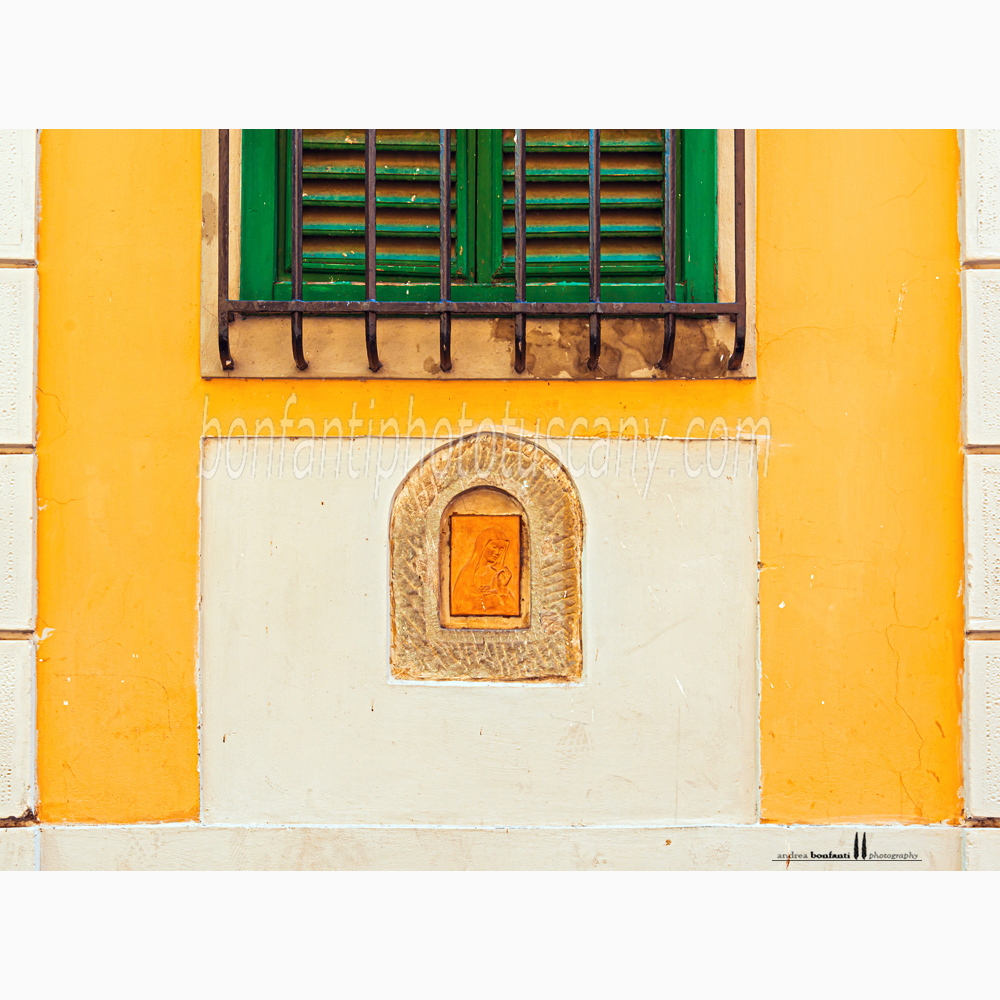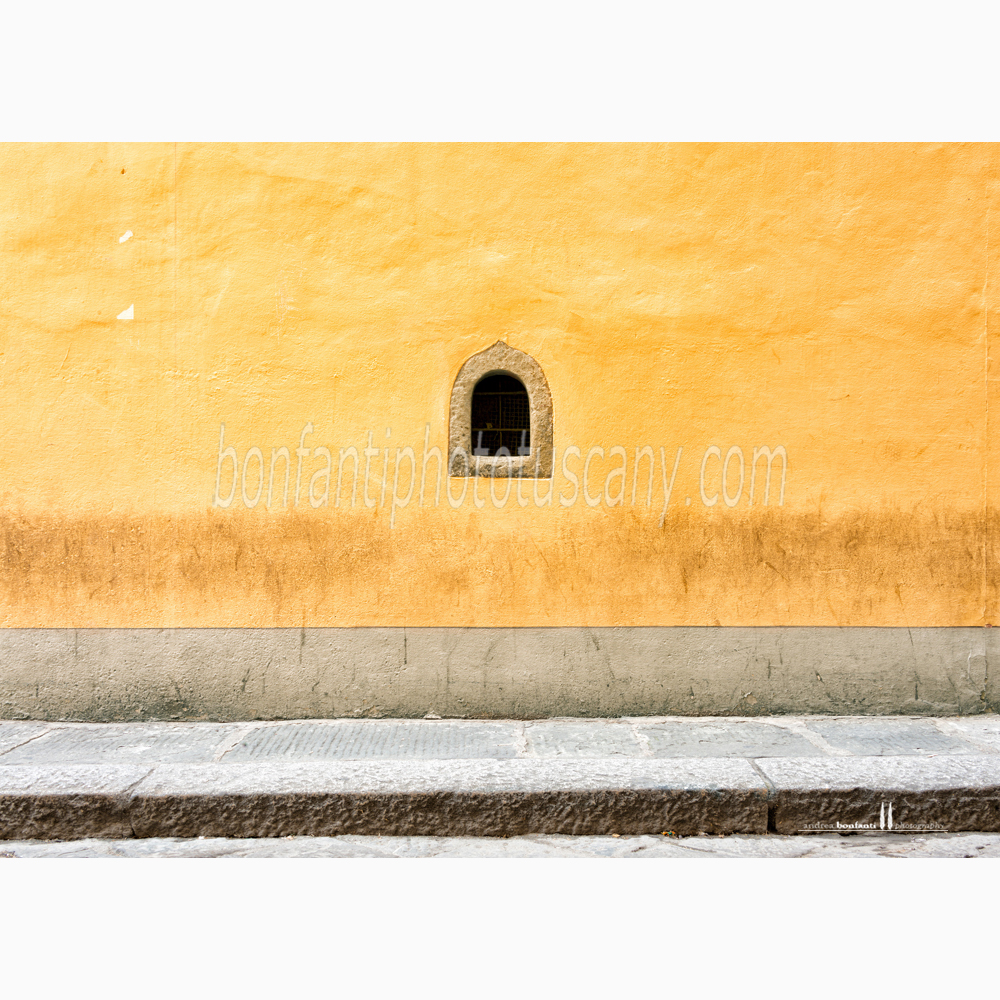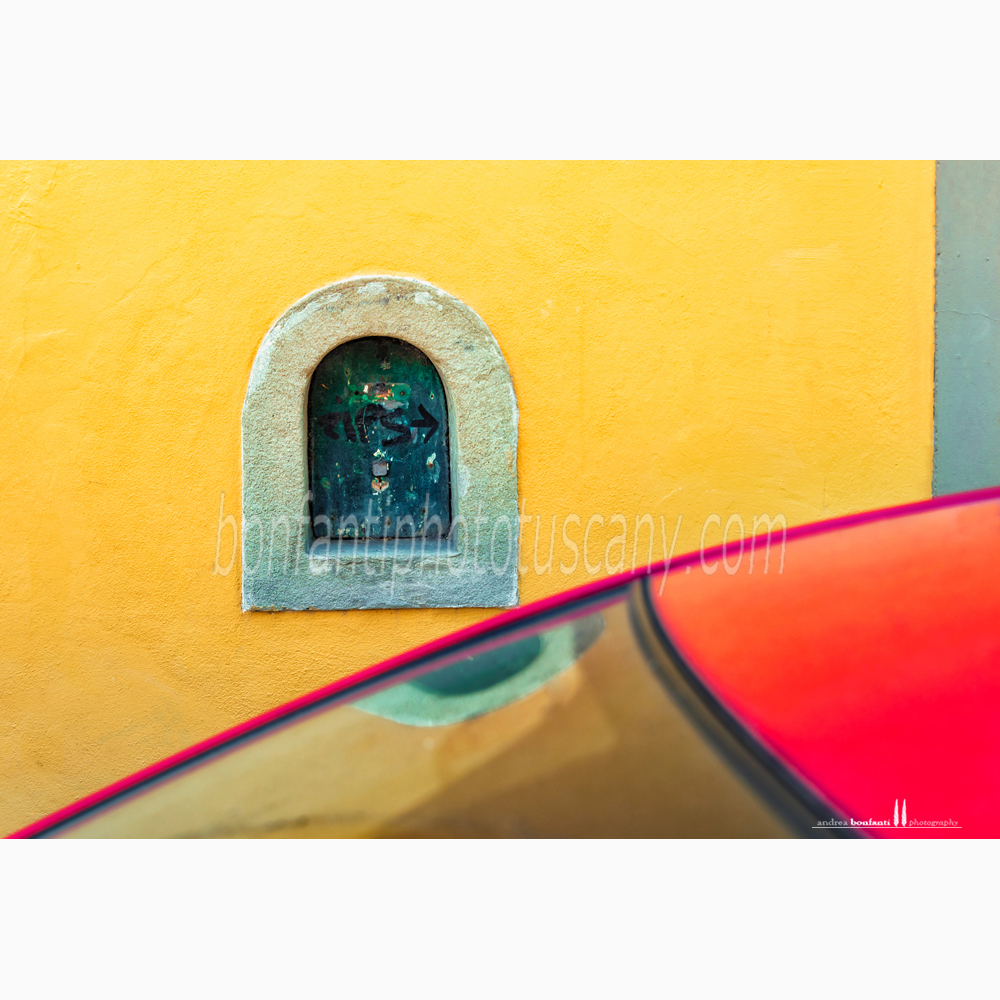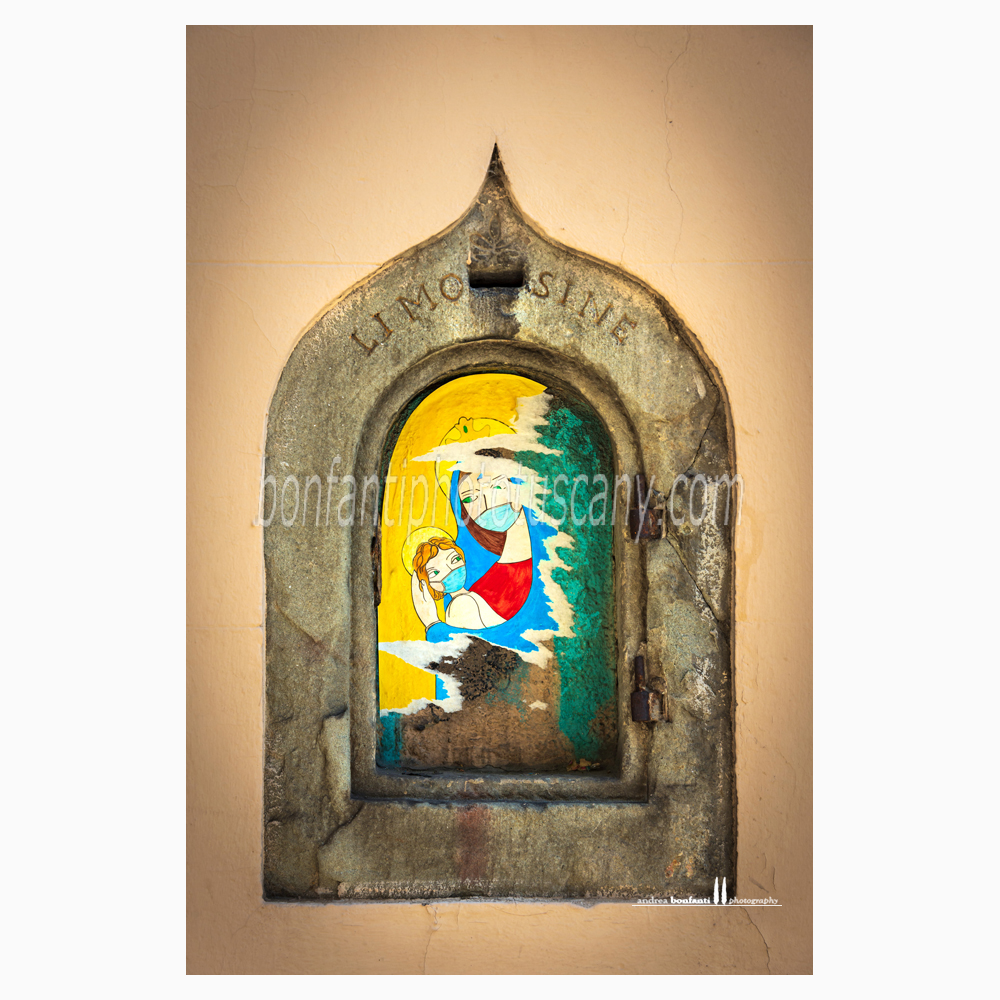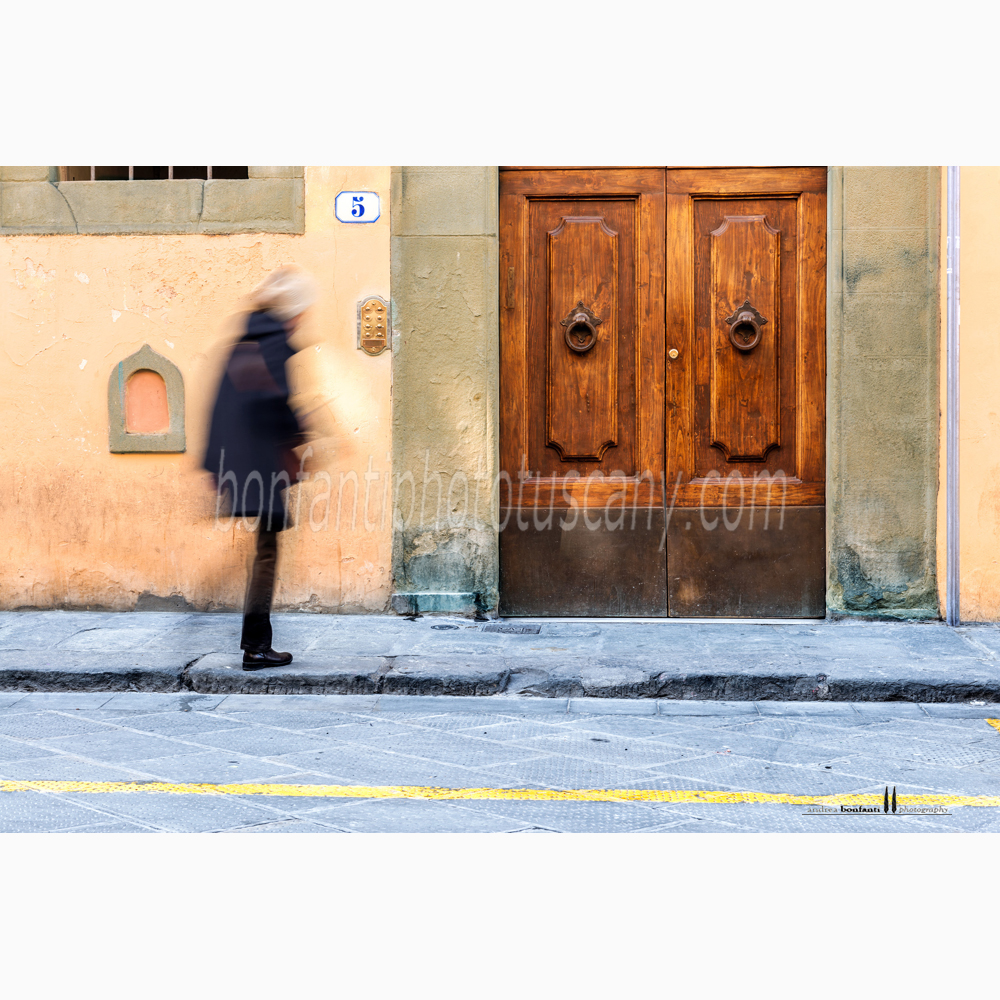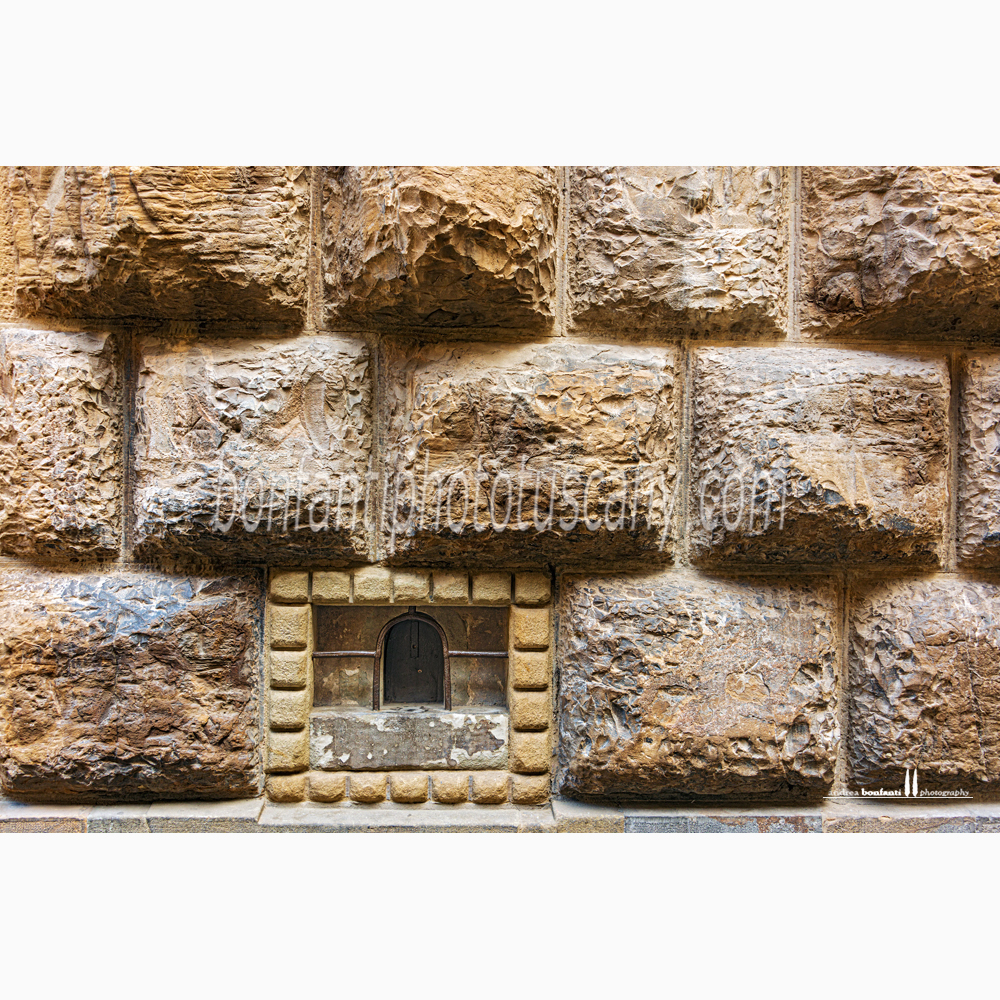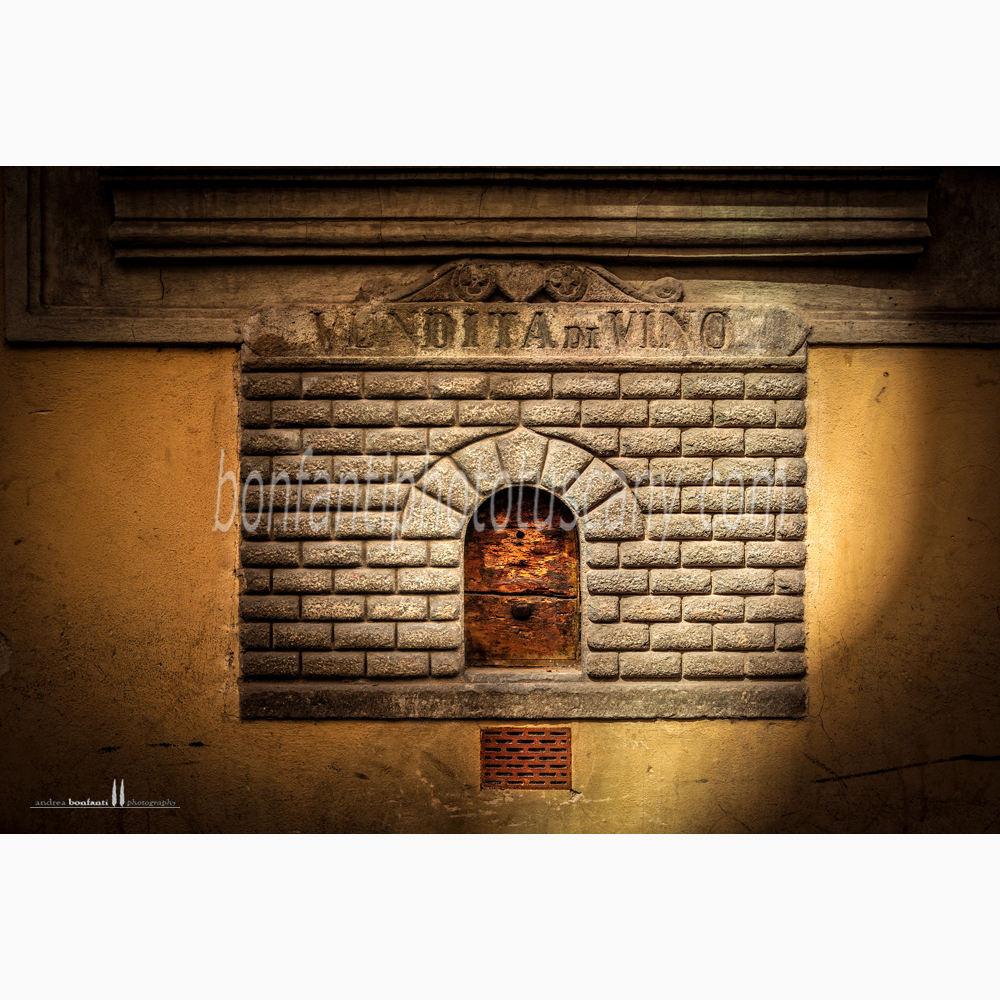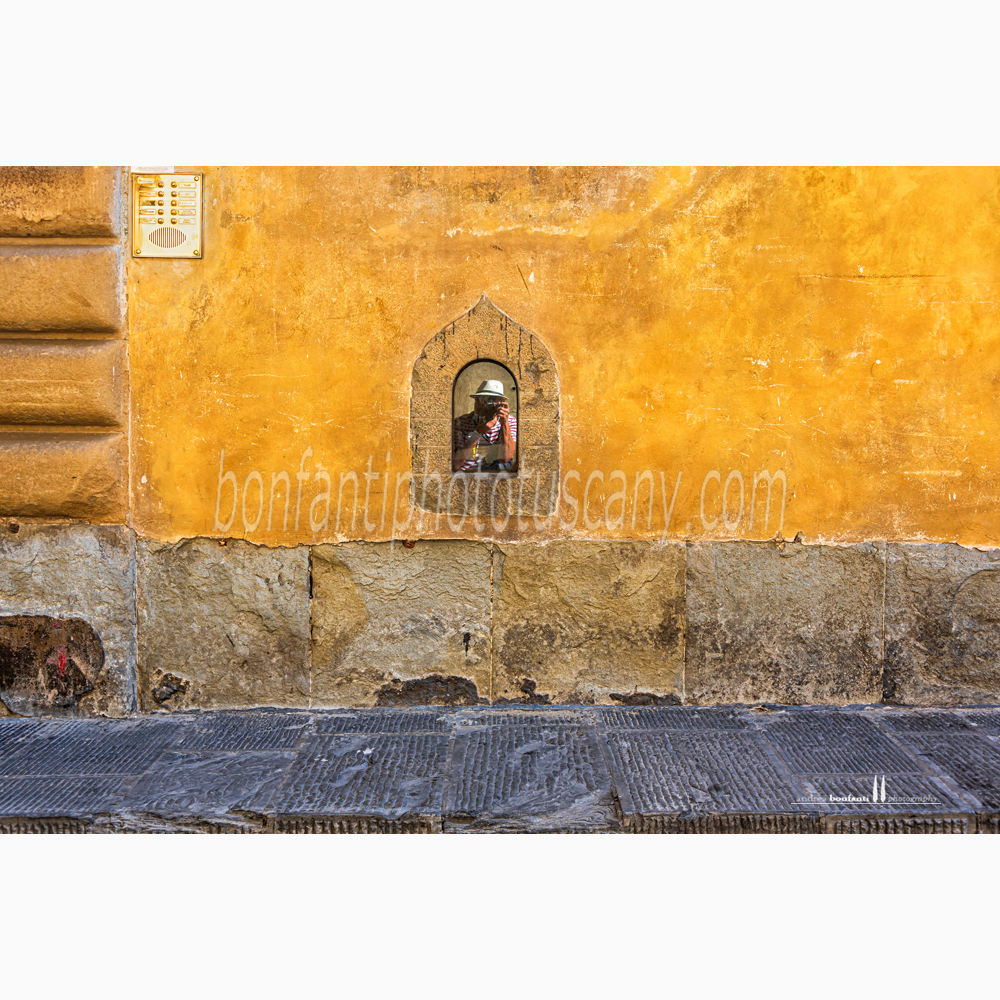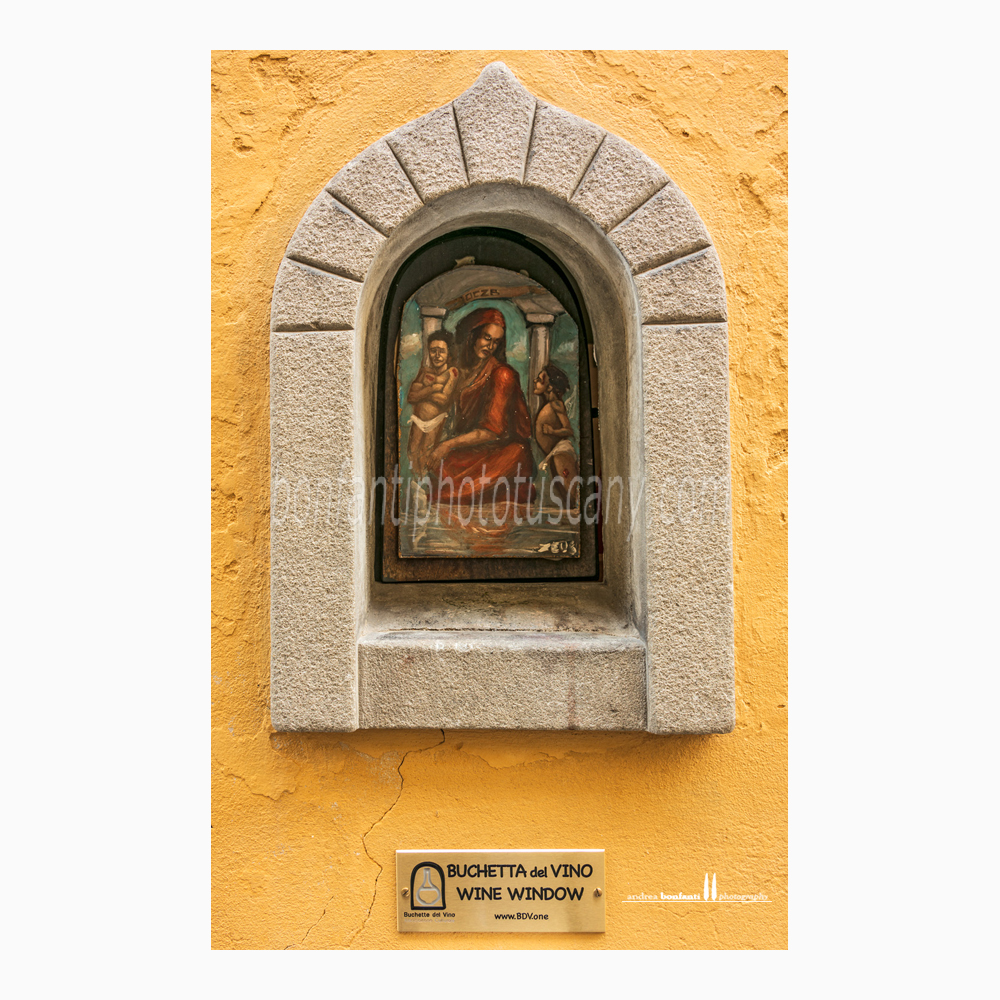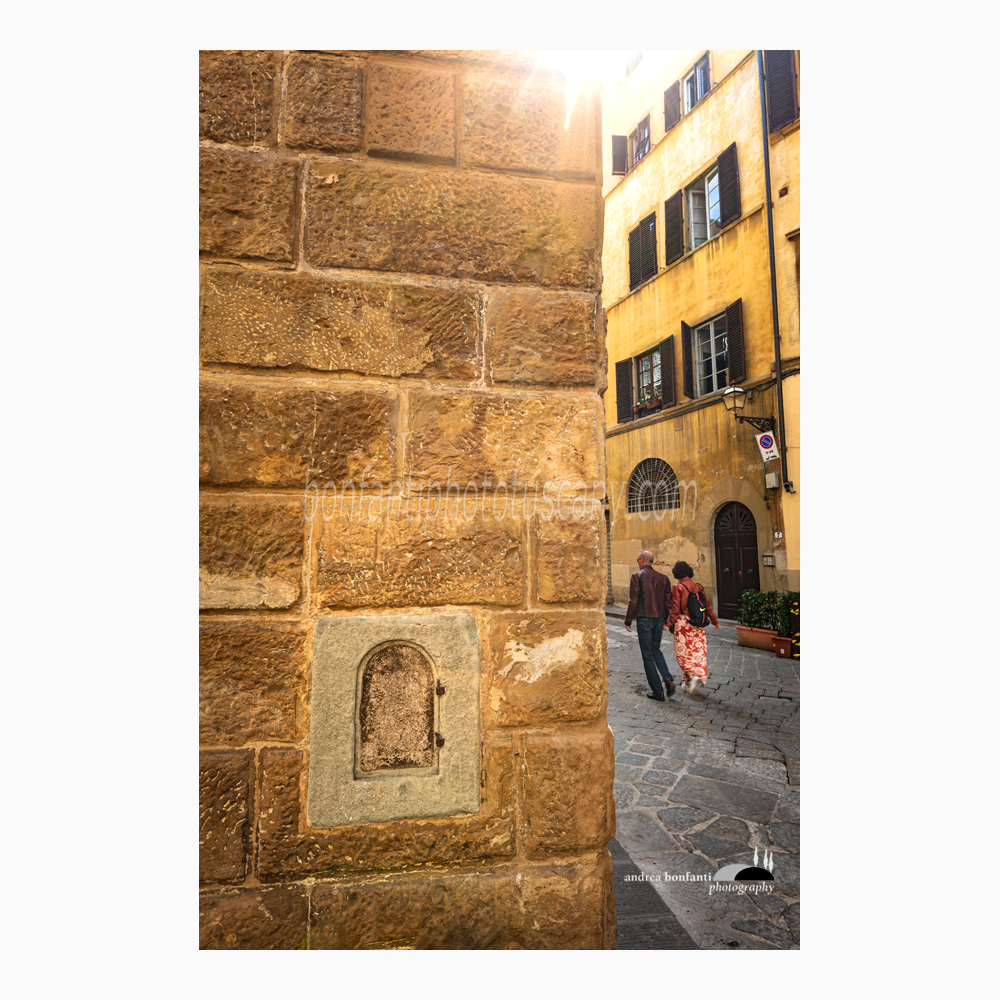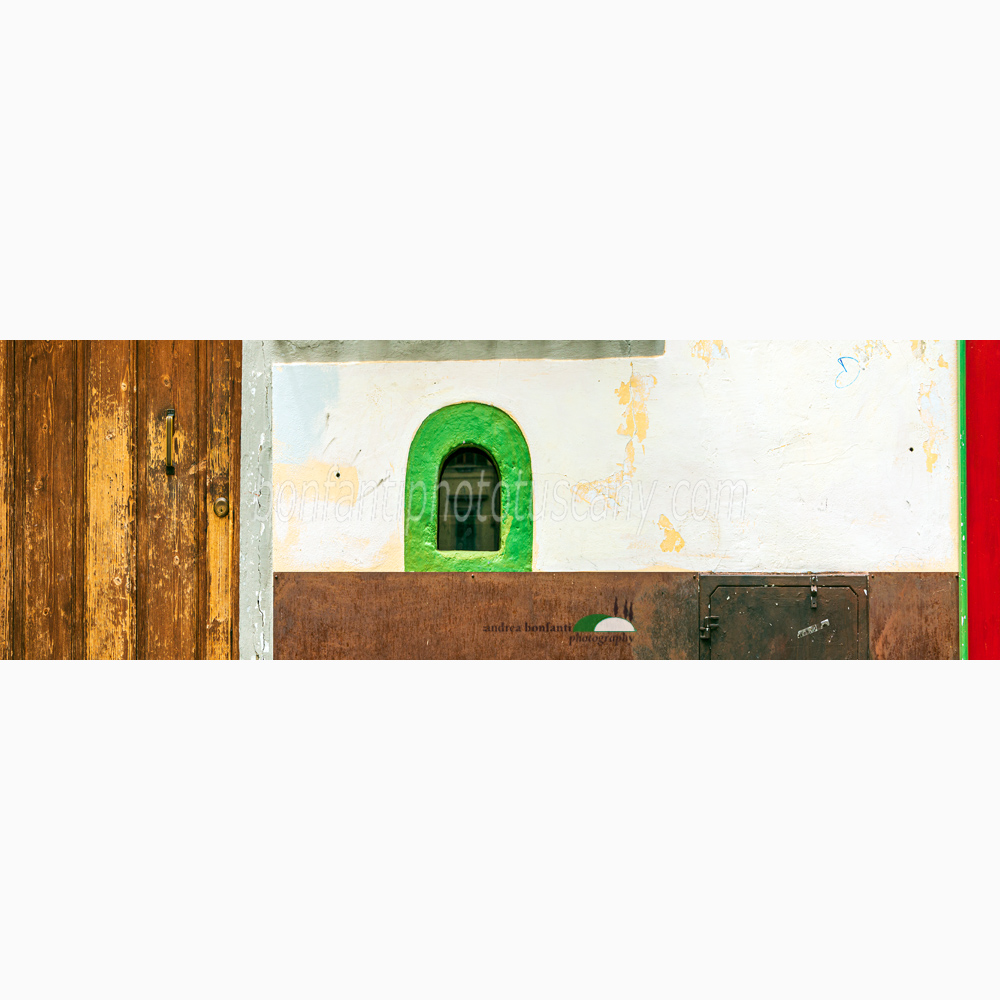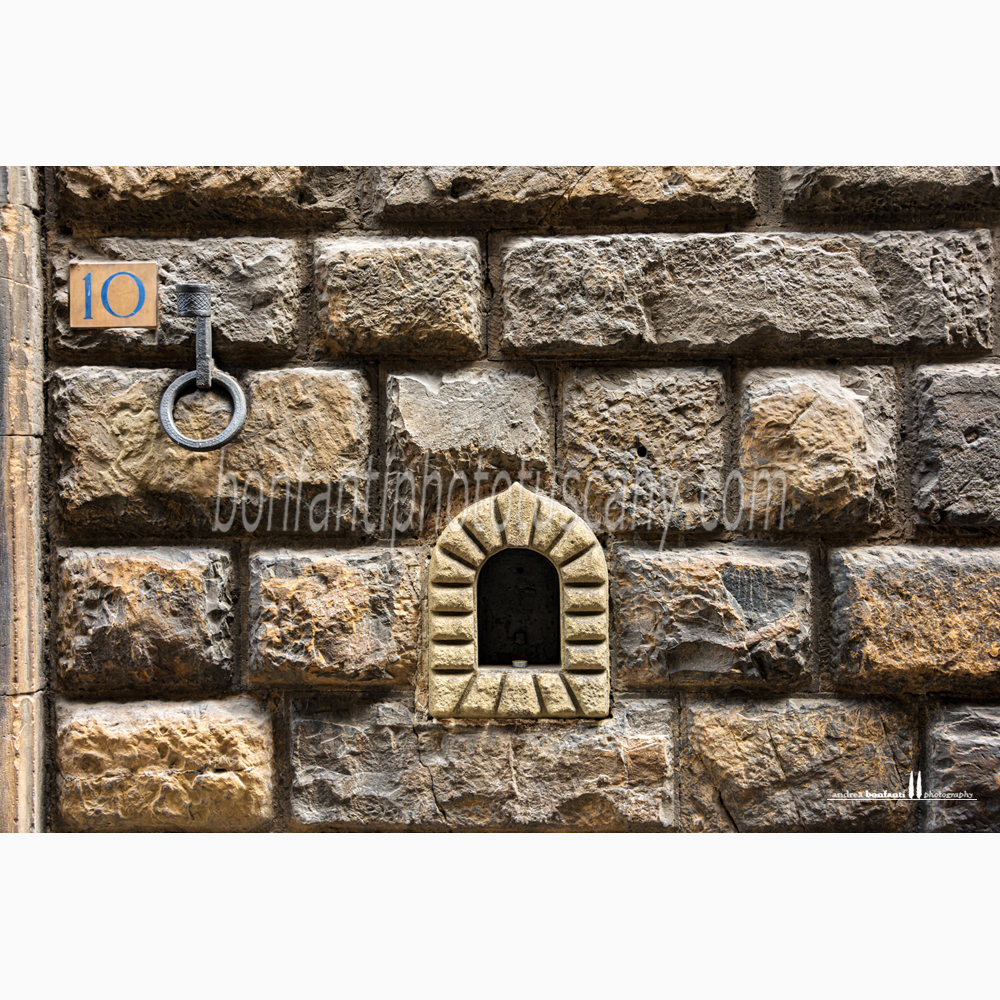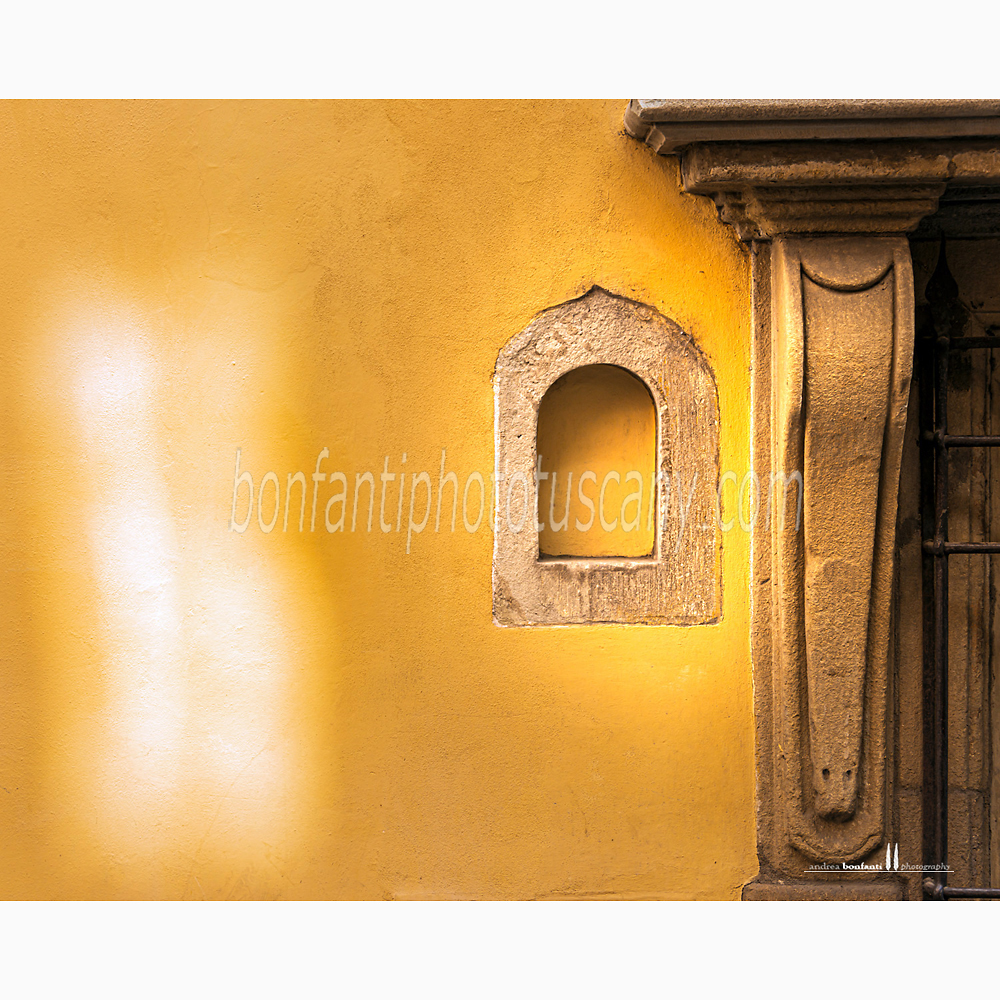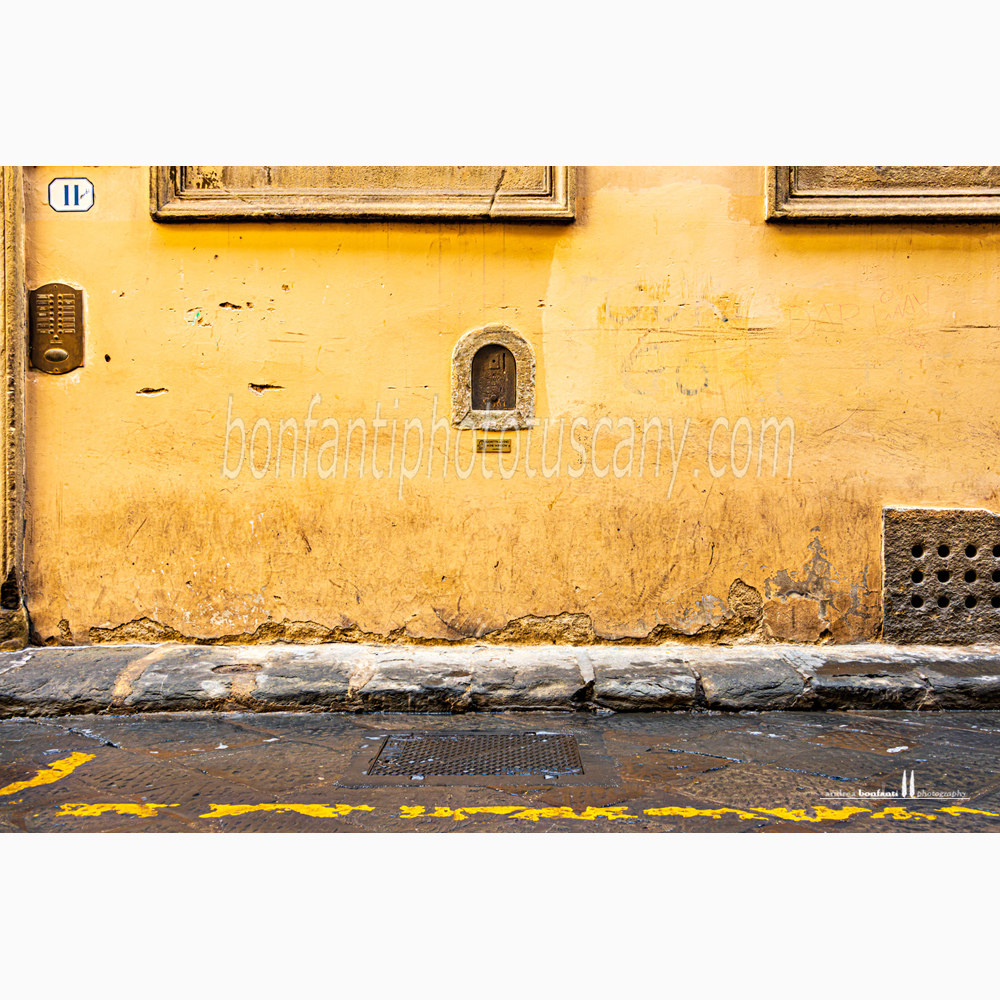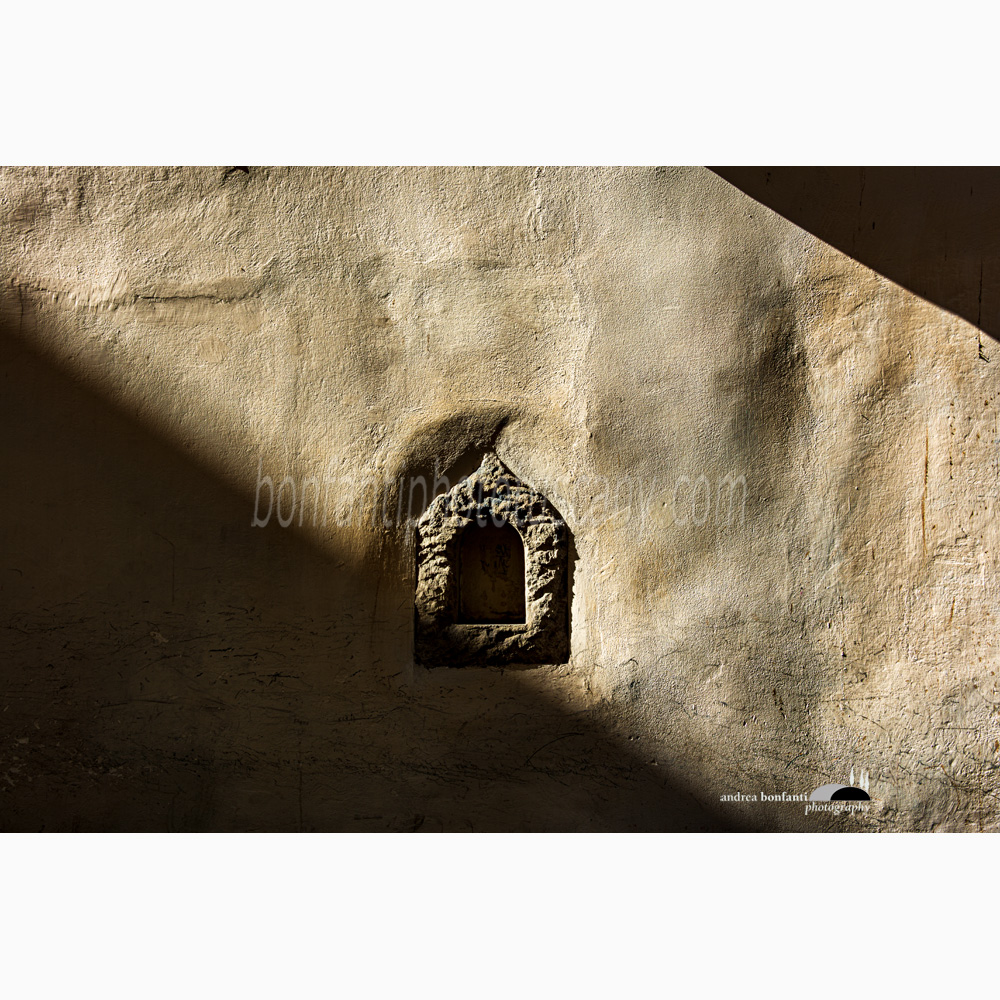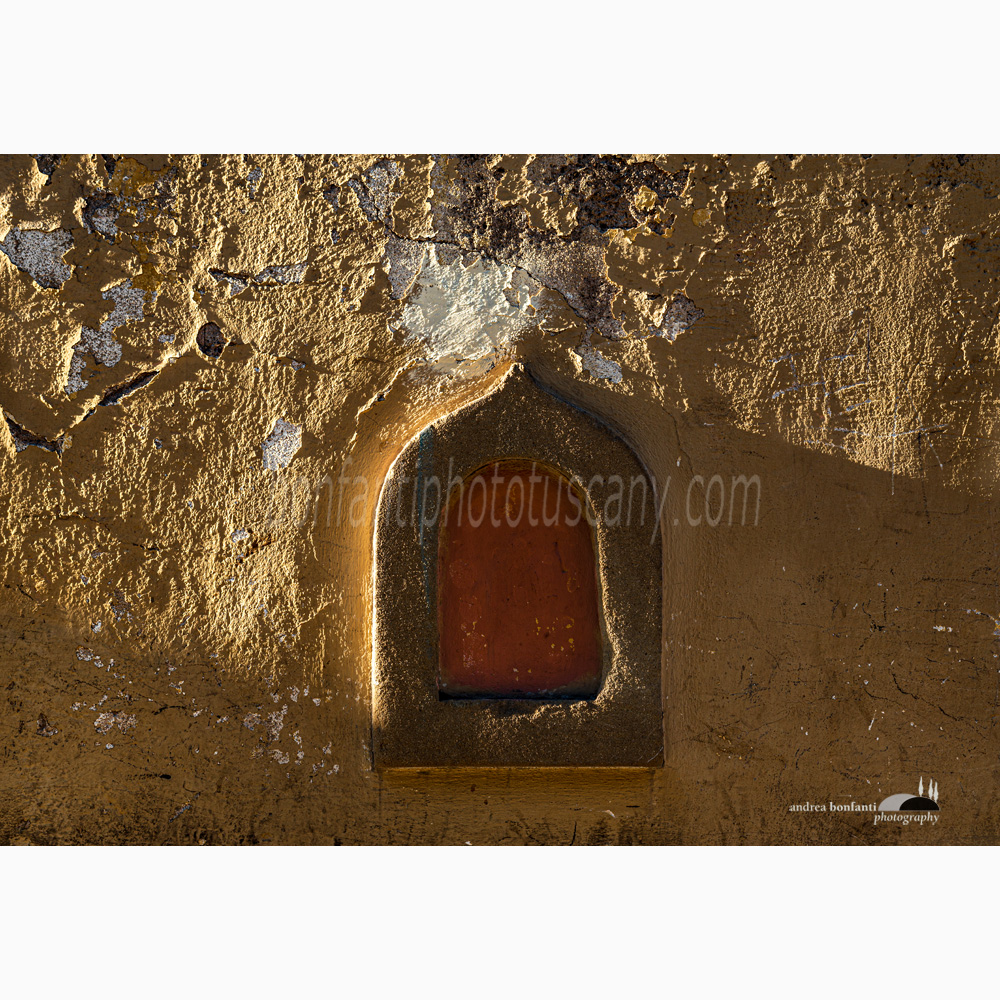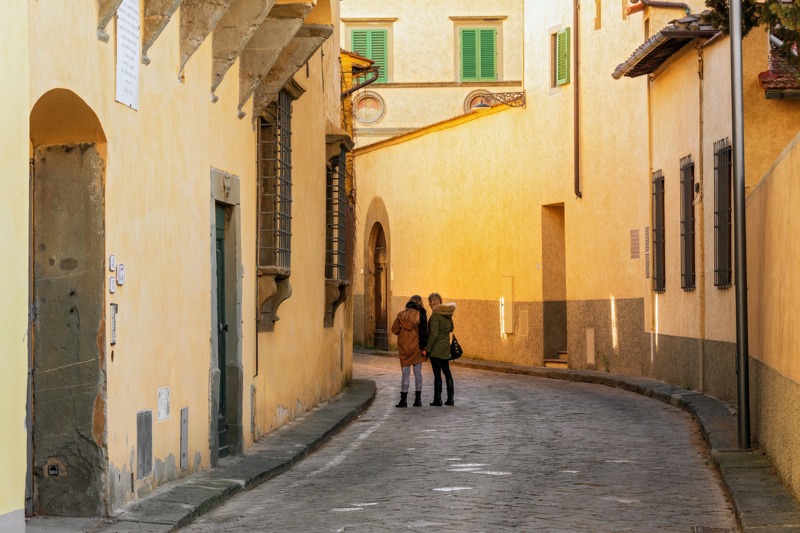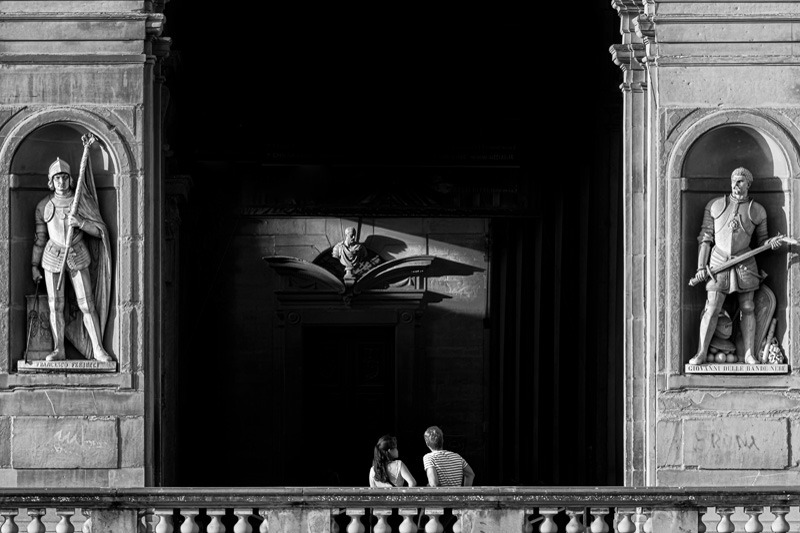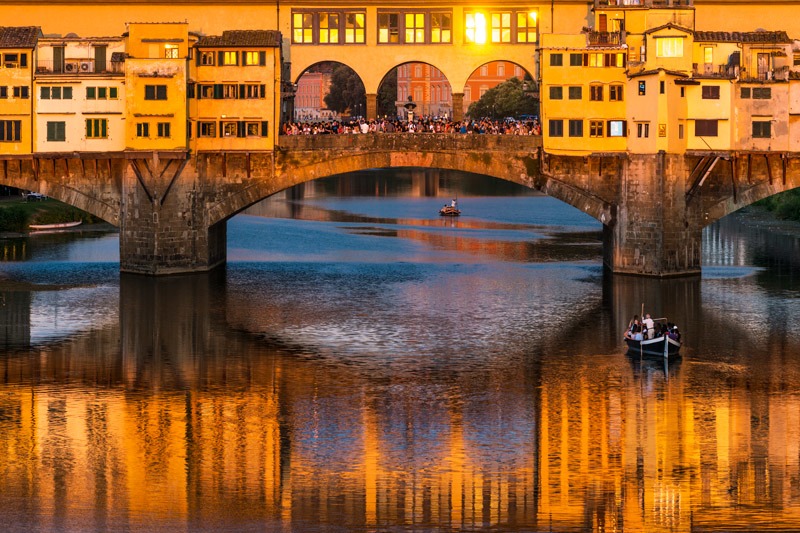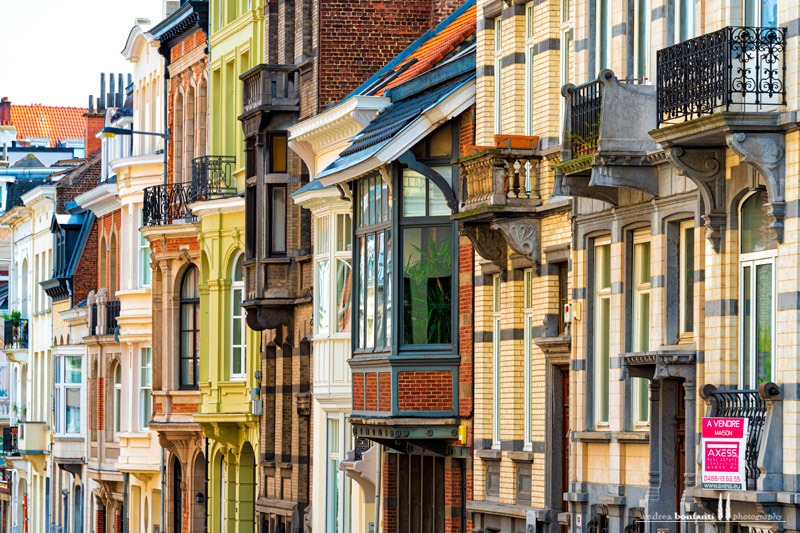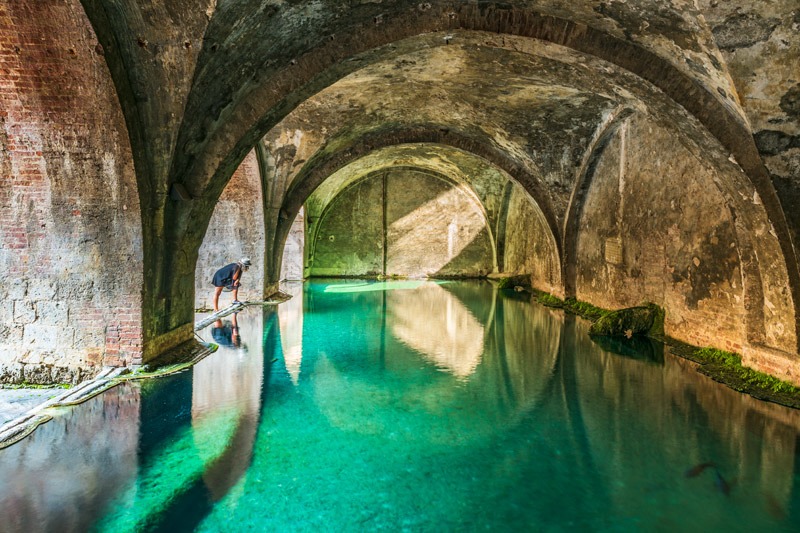between history and curiosity
On the walls of several buildings in the historic center of Florence are some curious small openings with an elegant shape framed by pietra serena. They were used for the sale of wine directly in the street and therefore called "buchette del vino" (wine windows).
This typically Florentine custom dates back to the end of the 16th century when the upheavals in European markets led to an inexorable decline of manufacturing activities that made Florence rich and powerful during the Middle Ages and the Renaissance. In that period the great aristocratic families began to convert their activities into agricultural land and estates where various goods were produced, primarily wine, with more stable income. The wine windows allowed the wine to be sold with discretion directly in the street, in flasks or by the glass, bypassing the intermediation of the taverns. They had a very large clientele, as evidenced by their widespread distribution throughout the city. Another use of these wine windows was that of charity. In fact, it was customary to leave food or a jug of wine for the poor in the small compartment, anonymously.
The wine windows, also called wine portals, are actual profane tabernacles. They're scattered throughout the streets of the historic center, walled up in the facades of the noble palaces. Some of them have been converted into mailboxes, others into bell holders, while in others the street artists indulge their imagination from time to time.
There is no real census, but there are certainly over a hundred. A real treasure hunt begins...
